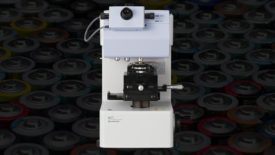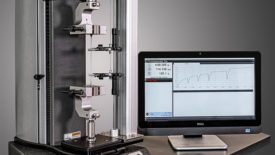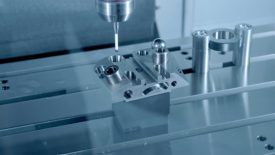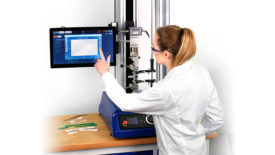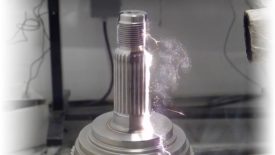Test & Inspection
Test & Inspection
Recently, researchers have shown correlation between particle hardness and cycle performance.
Read More
Test & Inspection
Determining if Force and/or Material Testing is Right for your Application
Your choice can be simplified by knowing what kind of information you need to collect.
March 9, 2023
Quality 101
Taper Pipe Thread Inspection, NPT
If you take care of your gages, they will take care of you and the parts you manufacture.
March 2, 2023
Test & Inspection
Inspection Fixturing – Not A Question Of IF!
Whether you've been tasked with designing fixtures or sourcing them for your company, there are several details to consider.
February 8, 2023
Test & Inspection
How a Shrinking Workforce Affects Testing and Inspection in NDT
As the pandemic and advances in technology impact the field, education and training remain paramount — especially for newcomers.
December 30, 2022
The Spending Forecast is Here
The 22nd Annual Quality Spending Survey Results
Concerns about Covid-19 are down, but inflation worries are up.
December 29, 2022
Test & Inspection
The Most Common Styli Used Today
Let's discuss the most common styli used today.
November 30, 2022
Speaking of Quality | Tracy Owens
Why It's Important to Read Speaker Reviews
Reading the reviews of my own presentations is always a moment of excited hesitation.
November 25, 2022
Tensile Testing: A Compressed “How-To” Overview
Let's start with the purpose, the practical and theory test.
November 1, 2022
Test & Inspection
How Laser Technology Helps Improve Manufacturing Quality
Laser technology today has taken significant leaps from even just a few years ago.
October 10, 2022
Stay in the know with Quality’s comprehensive coverage of
the manufacturing and metrology industries.
eNewsletter | Website | eMagazine
JOIN TODAY!Copyright ©2025. All Rights Reserved BNP Media.
Design, CMS, Hosting & Web Development :: ePublishing
